公司规模
Large Corporate
地区
- America
国家
- United States
产品
- Trimble Fleet Management
- Trimble Driver Logs
技术栈
- Cloud-based Solutions
- GPS Technology
实施规模
- Enterprise-wide Deployment
影响指标
- Productivity Improvements
- Customer Satisfaction
- Employee Satisfaction
技术
- 功能应用 - 车队管理系统 (FMS)
- 传感器 - 全球定位系统
适用行业
- 建筑与基础设施
- 运输
适用功能
- 物流运输
- 商业运营
用例
- 车队管理
- 驾驶员表现监测
- 远程资产管理
服务
- 云规划/设计/实施服务
- 系统集成
关于客户
North American Roofing is a pioneer in single-ply commercial roofing. Since its founding in 1979, the Asheville, NC-based company has installed and serviced more than 1 billion square feet of commercial and industrial roofing on more than 20,000 facilities. Family-owned and operated, North American Roofing is licensed in the 50 states, Puerto Rico, and the Virgin Islands. Clients include Best Buy, Lowe’s, Kohl’s, PetSmart, Holiday Inn, and Staples. The company in recent years has enjoyed unprecedented growth with its focus on taking care of and retaining customers. To further sharpen that focus, North American Roofing selected Trimble’s cloud-based Fleet Management to run its fleet of Chevy pickup trucks and Ford cargo vans. Trimble Fleet Management provides visibility into daily field service operations to help businesses identify, manage, and improve operational areas such as driver safety, scheduling, fuel use, back-office administration, and vehicle efficiency.
挑战
With crews dispersed throughout the country, North American Roofing needed a way to track drivers and their vehicles to improve efficiency, productivity, and compliance with Department of Transportation regulations. The company was especially interested in Fleet Management’s integrated Driver Logs tool, which keeps track of each driver’s miles and hours on the road to comply with regulations such as Department of Transportation Hours of Service (HOS) requirements. Previously, drivers were logging their hours manually, which is time-consuming and error-prone. The government became stricter about enforcing regulations for commercial vehicles after the 9/11 terror attacks, and in 2011 the DOT enacted more stringent HOS regulations for drivers. Violations, which are often caused by improperly filling out driver logs, can lead to hefty fines, something every company wants to avoid.
解决方案
For North American Roofing, Trimble’s Driver Logs is essential for complying with the regulations. The tool has built-in safeguards against ignoring the logs. Electronic logs document hours of service and make sure drivers aren’t on duty longer than what is legally allowed. The Driver Logs tool stores data for six months, making it easier to generate driving reports as needed. Everything is visually displayed for roadside inspection. You can set up and configure driver and company profiles, and review warnings and errors before they become a problem. Thanks to Driver Logs, North American Roofing employees do less paperwork and more constructive work. Since they no longer have to fill out paper logs and track mileage manually, both drivers and office workers can focus on more productive tasks that more directly contribute to the company’s bottom line. Using Fleet Management, the company knows exactly where drivers have traveled, from point to point, and how long it takes them to get to a site, and how long they remain at each location. Built-in driver alerts help control speeding and other risky behaviors so drivers can avoid traffic violations and the company higher insurance premiums.
运营影响
数量效益

Case Study missing?
Start adding your own!
Register with your work email and create a new case study profile for your business.
相关案例.
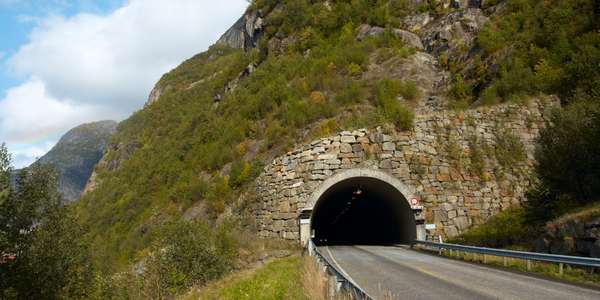
Case Study
IoT System for Tunnel Construction
The Zenitaka Corporation ('Zenitaka') has two major business areas: its architectural business focuses on structures such as government buildings, office buildings, and commercial facilities, while its civil engineering business is targeted at structures such as tunnels, bridges and dams. Within these areas, there presented two issues that have always persisted in regard to the construction of mountain tunnels. These issues are 'improving safety" and "reducing energy consumption". Mountain tunnels construction requires a massive amount of electricity. This is because there are many kinds of electrical equipment being used day and night, including construction machinery, construction lighting, and ventilating fan. Despite this, the amount of power consumption is generally not tightly managed. In many cases, the exact amount of power consumption is only ascertained when the bill from the power company becomes available. Sometimes, corporations install demand-monitoring equipment to help curb the maximum power demanded. However, even in these cases, the devices only allow the total volume of power consumption to be ascertained, or they may issue warnings to prevent the contracted volume of power from being exceeded. In order to tackle the issue of reducing power consumption, it was first necessary to obtain an accurate breakdown of how much power was being used in each particular area. In other words, we needed to be able to visualize the amount of power being consumed. Safety, was also not being managed very rigorously. Even now, tunnel construction sites often use a 'name label' system for managing entry into the work site. Specifically, red labels with white reverse sides that bear the workers' names on both sides are displayed at the tunnel work site entrance. The workers themselves then flip the name label to the appropriate side when entering or exiting from the work site to indicate whether or not they are working inside the tunnel at any given time. If a worker forgets to flip his or her name label when entering or exiting from the tunnel, management cannot be performed effectively. In order to tackle the challenges mentioned above, Zenitaka decided to build a system that could improve the safety of tunnel construction as well as reduce the amount of power consumed. In other words, this new system would facilitate a clear picture of which workers were working in each location at the mountain tunnel construction site, as well as which processes were being carried out at those respective locations at any given time. The system would maintain the safety of all workers while also carefully controlling the electrical equipment to reduce unnecessary power consumption. Having decided on the concept, our next concern was whether there existed any kind of robust hardware that would not break down at the construction work site, that could move freely in response to changes in the working environment, and that could accurately detect workers and vehicles using radio frequency identification (RFID). Given that this system would involve many components that were new to Zenitaka, we decided to enlist the cooperation of E.I.Sol Co., Ltd. ('E.I.Sol') as our joint development partner, as they had provided us with a highly practical proposal.
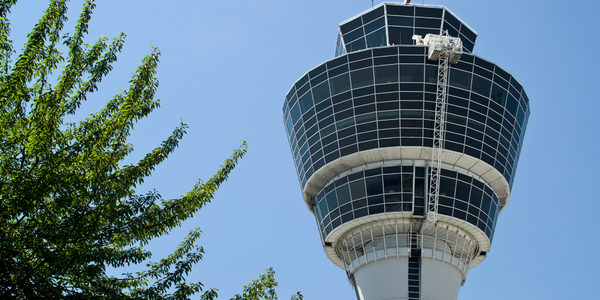
Case Study
Airport SCADA Systems Improve Service Levels
Modern airports are one of the busiest environments on Earth and rely on process automation equipment to ensure service operators achieve their KPIs. Increasingly airport SCADA systems are being used to control all aspects of the operation and associated facilities. This is because unplanned system downtime can cost dearly, both in terms of reduced revenues and the associated loss of customer satisfaction due to inevitable travel inconvenience and disruption.
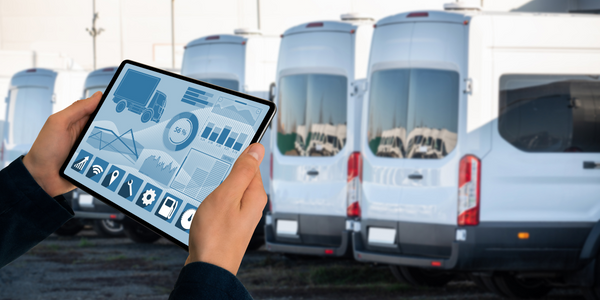
Case Study
IoT-based Fleet Intelligence Innovation
Speed to market is precious for DRVR, a rapidly growing start-up company. With a business model dependent on reliable mobile data, managers were spending their lives trying to negotiate data roaming deals with mobile network operators in different countries. And, even then, service quality was a constant concern.
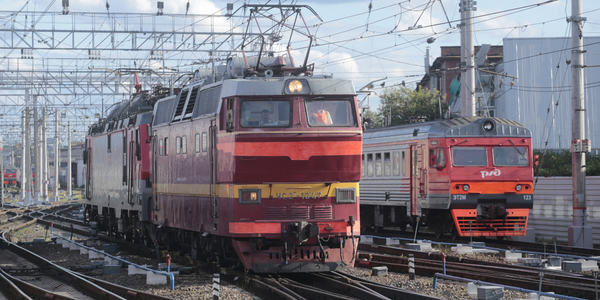
Case Study
Digitize Railway with Deutsche Bahn
To reduce maintenance costs and delay-causing failures for Deutsche Bahn. They need manual measurements by a position measurement system based on custom-made MEMS sensor clusters, which allow autonomous and continuous monitoring with wireless data transmission and long battery. They were looking for data pre-processing solution in the sensor and machine learning algorithms in the cloud so as to detect critical wear.
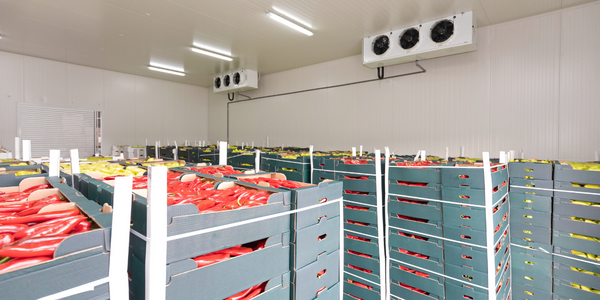
Case Study
Cold Chain Transportation and Refrigerated Fleet Management System
1) Create a digital connected transportation solution to retrofit cold chain trailers with real-time tracking and controls. 2) Prevent multi-million dollar losses due to theft or spoilage. 3) Deliver a digital chain-of-custody solution for door to door load monitoring and security. 4) Provide a trusted multi-fleet solution in a single application with granular data and access controls.
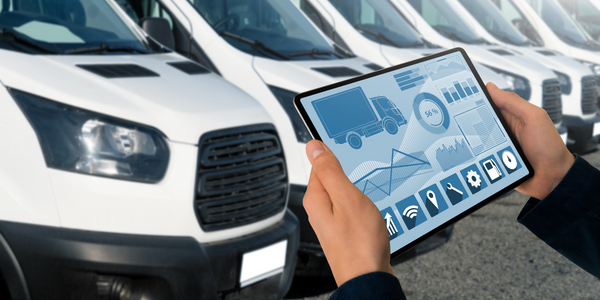
Case Study
Vehicle Fleet Analytics
Organizations frequently implement a maintenance strategy for their fleets of vehicles using a combination of time and usage based maintenance schedules. While effective as a whole, time and usage based schedules do not take into account driving patterns, environmental factors, and sensors currently deployed within the vehicle measuring crank voltage, ignition voltage, and acceleration, all of which have a significant influence on the overall health of the vehicle.In a typical fleet, a large percentage of road calls are related to electrical failure, with battery failure being a common cause. Battery failures result in unmet service agreement levels and costly re-adjustment of scheduled to provide replacement vehicles. To reduce the impact of unplanned maintenance, the transportation logistics company was interested in a trial of C3 Vehicle Fleet Analytics.







